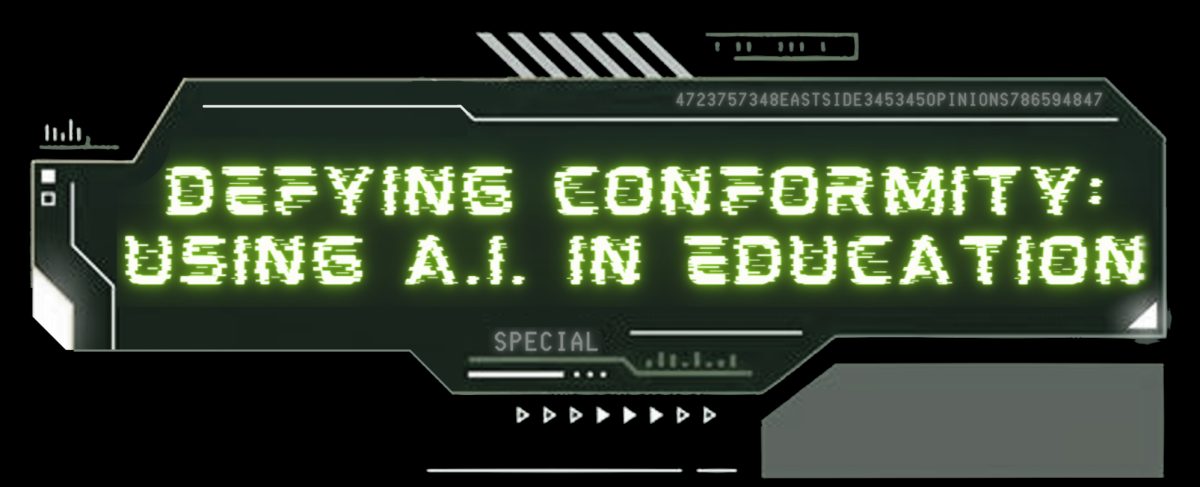AI’s ability to craft convincing narratives has grown exponentially. Through sophisticated algorithms and extensive data training, AI now emulates human writing styles seamlessly. It adapts tone, structure, and expression, making its output indistinguishable from a skilled writer. The previous statement is the result of typing “write about how ai can write more and more convincingly in the style of a high school senior.” Like the AI says, AI has gotten to the point where it is hard to distinguish between something that could be plausibly created by a person. While ChatGPT is the most famous example of AI generated material, it is far from the only one. Generative AI, like Bard and Quilbot, do similar things to ChatGPT. All of these applications fall under the umbrella of Generative AI, which uses machine learning and previous work to create new things. It can write from different perspectives, create essays, study guides, lists among various other types of language tasks. All of this has been public knowledge for a few years now, but the impact of generative AI tools remains to be seen. If a computer can create something in 1 minute that would take a human writer a few hours to complete, what is the function of creative people? What happens to journalists, writers and other groups who rely on creativity to make money? For a while, the dominant narrative was that this would not be an issue, or at the very least it would only present itself as an issue much later. However, AI has recently gotten much stronger. The development of personality being interjected into formerly computerized content, rather than simple robotic answers, is the major concern for this. In addition, this AI doesn’t stop with writing. AI created images are creeping up as something to look out for as well. According to a study done by Nexcess where participants were asked to distinguish between images relating to ecommerce, “Respondents could identify the AI-generated content approximately 54.64 percent of the time.” This approximately 50/50 split on whether or not a human can accurately spot AI in art certainly raises some concerns. The result of AI mainstream attention is that it will get more powerful and create more quality work. This will allow for information to be spread faster and online material to be more easily created, but will decrease job availability in some fields. This, however, is nothing new. Throughout history, as technology has advanced, jobs have been created and lost, which is what is happening here.
AI continues to grow exponentially

AI is now able to write stronger than the average student, including tone, structure, and expression, making its output indistinguishable from a skilled writer.
Story continues below advertisement
Tags:

